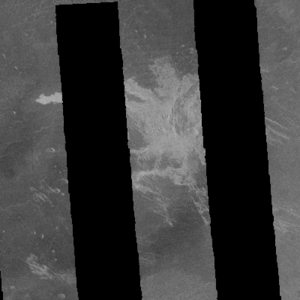Merit-Ptah facts for kids
Merit-Ptah ("Beloved of Ptah") was once believed to be an important female doctor in ancient Egypt. People thought she worked for the pharaoh's court around 2700 BCE, during the Second Dynasty. It was said that her son mentioned her as a "chief physician" on her tomb in Saqqara.
However, many experts now believe that Merit-Ptah might not have been a real person. They think her story was created in 1938 by a Canadian feminist named Kate Campbell Hurd-Mead. A historian named Jakub Kwiecinski has pointed out that the story of Merit-Ptah shows how information, even on sites like Wikipedia, can sometimes be misleading if it relies too much on certain sources.
Contents
The Story of Merit-Ptah
Merit-Ptah's name first appeared in a book about female doctors published in 1937. The author, Kate Campbell Hurd-Mead, wrote about two ancient Egyptian female doctors. One was unnamed and from the Fifth Dynasty. The other was Merit-Ptah, who Hurd-Mead said was from the New Kingdom period. She even mentioned Merit-Ptah being shown in the Valley of the Kings. The Valley of the Kings was a famous burial place for Egyptian kings from about 1500 BCE to 1080 BCE.
Mixing Up the Doctors
Later writers sometimes got confused. They didn't realize that Kate Campbell Hurd-Mead was talking about two different doctors. They mixed up the details of Merit-Ptah with the unnamed doctor. This led to Merit-Ptah being mistakenly placed in the much older Old Kingdom period. The unnamed female doctor from the Old Kingdom was likely Peseshet. Peseshet is a known historical figure, and her name has been found in an ancient tomb.
Why Experts Doubt Her Existence
There are no other ancient Egyptian records that mention a female doctor named Merit-Ptah. No research papers or lists of ancient doctors include her name. This makes many historians believe she was not a real person. There was a woman named Merit-Ptah who was the wife of Ramose, a governor and vizier under Pharaoh Akhenaten. However, this Merit-Ptah lived much later and was a completely different person.
Merit-Ptah in Space
Even though her existence is debated, Merit-Ptah's name has traveled far! The International Astronomical Union decided to name an impact crater on the planet Venus after her. This crater is called Merit Ptah.
See also
 In Spanish: Merit Ptah para niños
In Spanish: Merit Ptah para niños


